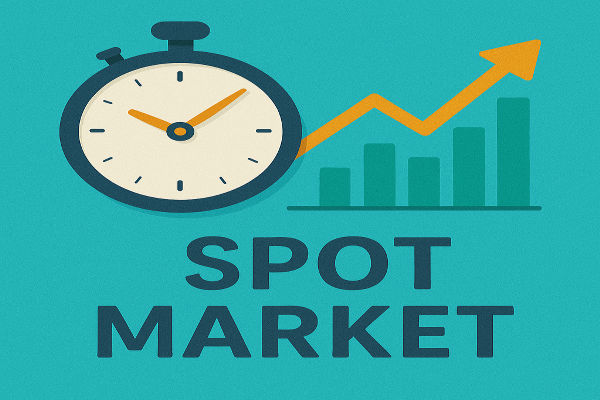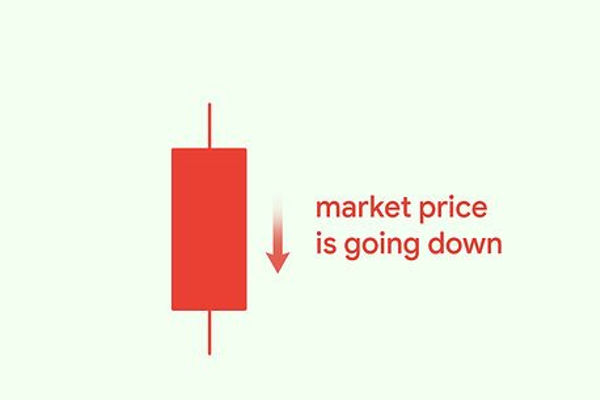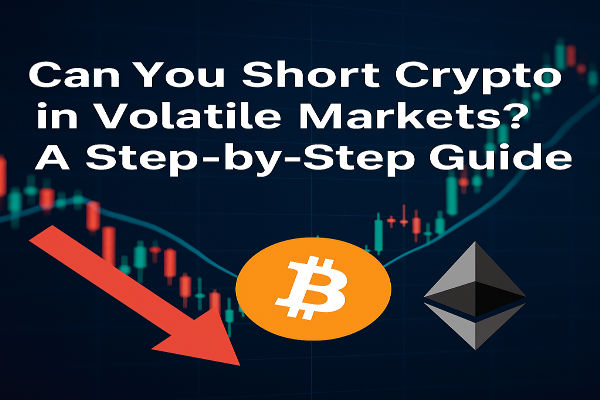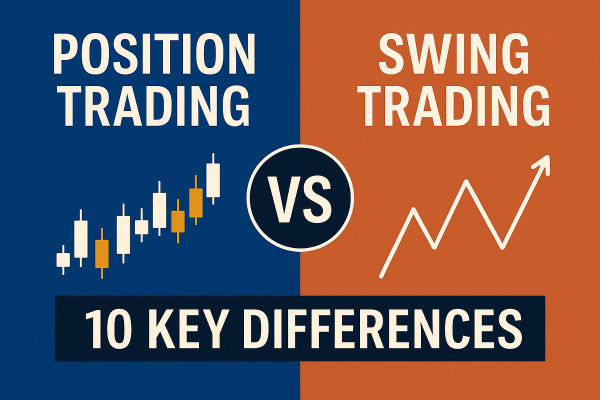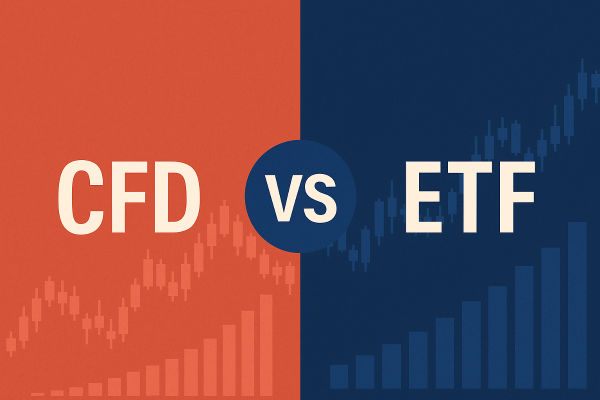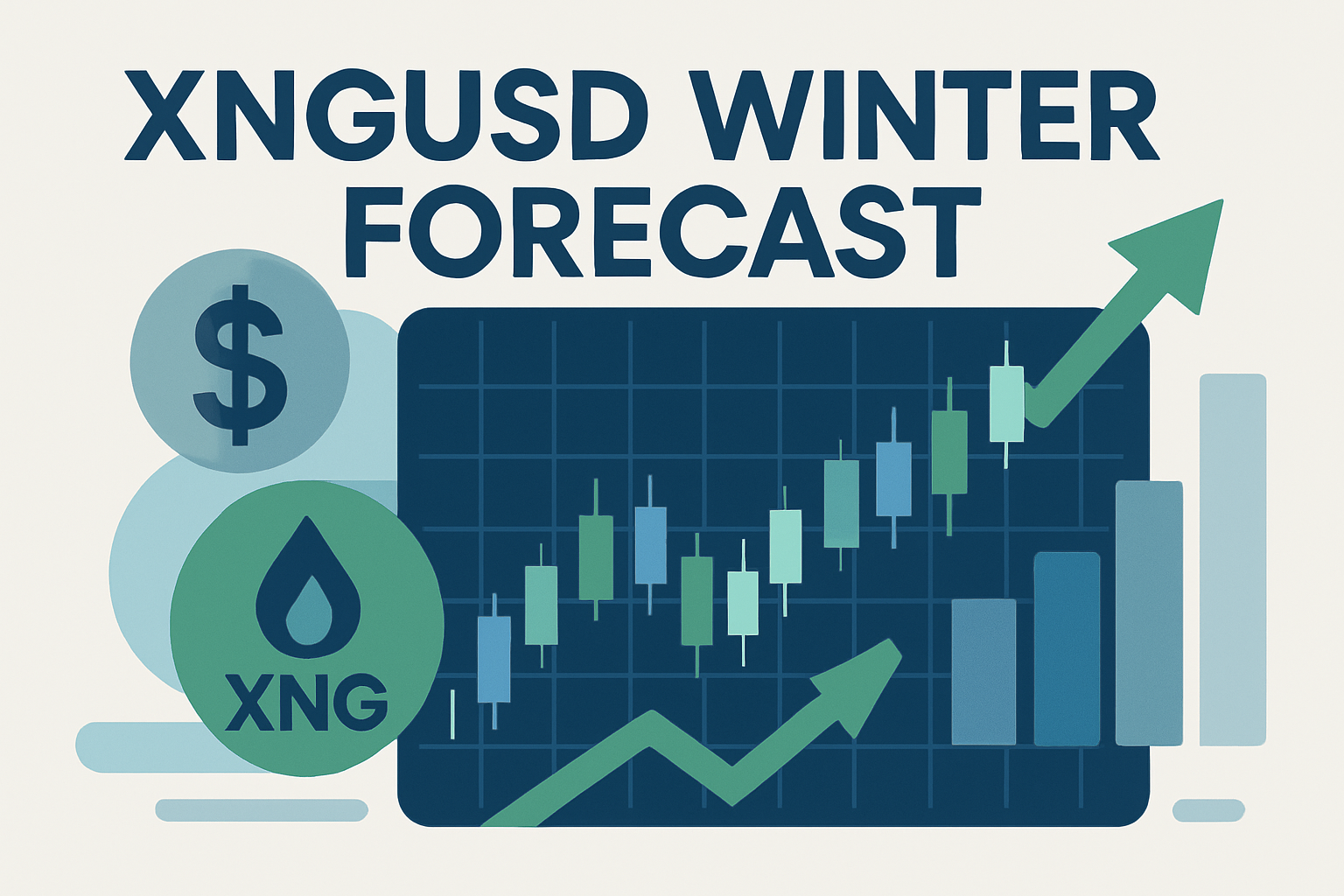Imagine walking into a market and buying fruit to eat today versus agreeing to buy it next month at a set price. The first is the spot market, where transactions happen immediately. The second is the futures market, where delivery is agreed for later. Both are vital to global finance, influencing everything from currency exchange to commodity prices.
In trading, the spot market reflects the “here and now,” while the futures market captures expectations of tomorrow. Understanding the difference between the two helps traders, investors, and policymakers make better decisions about timing, risk, and opportunity.
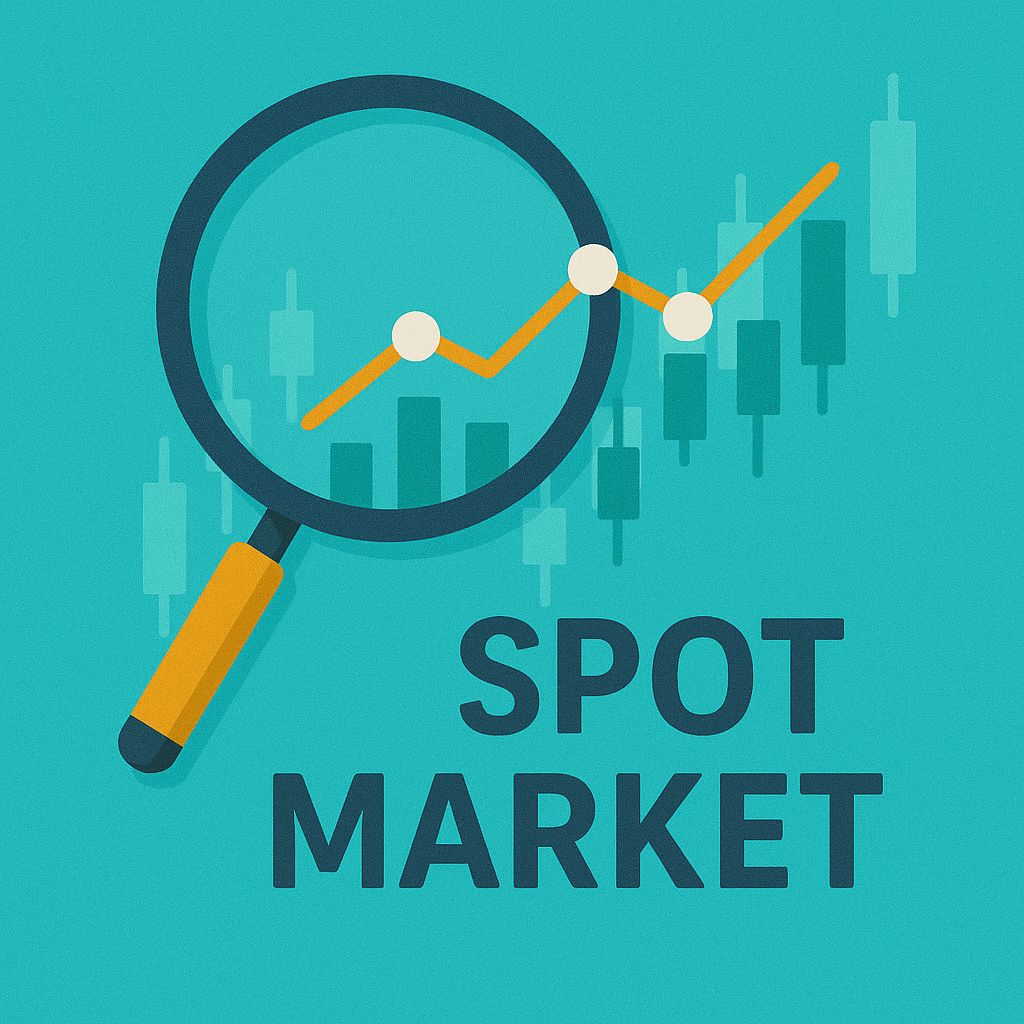
What Is the Spot Market?
The spot market, often called the cash market, is where assets such as currencies, commodities, or stocks are traded for immediate delivery. Prices in this market are called spot prices, representing the current value agreed between buyers and sellers.
In forex, spot transactions typically settle within two business days. For instance, if EUR/USD trades at 1.0850, that is the rate at which euros are exchanged for dollars right now. According to the Bank for International Settlements (BIS) 2022 report, the global forex market sees more than $7.5 trillion in daily transactions, most of which occur in the spot market.
Commodities also trade on spot markets. For example, gold, oil, or wheat can be purchased at prevailing prices for immediate delivery. Traders and corporations use these markets to react swiftly to supply and demand changes, while investors use them for price discovery.
What Is the Futures Market?
In contrast, the futures market deals with contracts that specify a price and date for buying or selling an asset in the future. A futures contract is a standardised agreement traded on regulated exchanges such as the Chicago Mercantile Exchange (CME) or Intercontinental Exchange (ICE).
For example, a trader may buy a crude oil futures contract at $80 per barrel for delivery in three months. No physical oil changes hands immediately, only a financial commitment does. When the delivery date arrives, most traders close their positions by selling an offsetting contract rather than taking physical delivery.
Futures markets allow participants to hedge against price movements or speculate on where prices might go. According to Futures Industry Association (FIA) data, over 50 billion futures contracts were traded globally in 2024, covering everything from oil and metals to interest rates and equity indices.
Spot Market vs Futures Market: Key Differences
1. Timing of Settlement
The most obvious difference lies in timing.
Spot Market: Transactions occur instantly, with delivery typically within two days.
Futures Market: Contracts settle on a future date, often one to six months ahead.
2. Pricing Structure
Spot prices reflect the asset’s current value. Futures prices, on the other hand, include carry costs, such as storage, interest rates, and expectations about future supply and demand.
Example: If spot gold is priced at $2,400 and the three-month futures price is $2,420, the $20 premium represents those additional costs and expectations.
3. Market Participants
Spot markets attract short-term traders, importers, exporters, and investors seeking immediate liquidity. Futures markets attract institutional investors, hedgers, and corporations managing future exposures, such as airlines locking in fuel prices months ahead.
4. Regulation and Transparency
Spot markets, especially forex, are over-the-counter (OTC) and decentralised, with prices negotiated between banks, brokers, and traders. Futures markets are exchange-traded, meaning all transactions go through a central clearinghouse, ensuring transparency and reducing counterparty risk.
5. Leverage and Margin
Spot forex trading typically offers higher leverage, often up to 200:1 with regulated brokers, making it appealing to active traders. Futures leverage tends to be lower and controlled by exchanges, with strict margin requirements to manage systemic risk.
Real-Life Example: Gold Trading
Gold offers a clear comparison between spot and futures trading.
Spot Gold (XAU/USD): Investors buy or sell at the live price based on immediate demand for physical or digital gold.
Gold Futures (GC): Traded on the CME, contracts are used by refiners, jewellery manufacturers, and funds to hedge future price changes.
When markets expect prices to rise, futures may trade above spot, a state called contango. When immediate demand is stronger, futures trade below spot, known as backwardation. These patterns give traders insight into market expectations and storage pressures.
In 2025, gold prices have hovered around $2,400 per ounce, while three-month futures often trade slightly higher due to interest rate differentials and demand forecasts.
How Traders Use Each Market
Spot Market Use Cases
Short-Term Speculation: Forex traders capture fast-moving currency trends.
Arbitrage Opportunities: Traders exploit small price discrepancies across brokers or regions.
Corporate Payments: Businesses use spot transactions to settle import/export invoices.
Futures Market Use Cases
Hedging: Airlines buy oil futures to stabilise jet fuel costs. Farmers sell grain futures to lock in harvest prices.
Macro Speculation: Funds use futures to express views on inflation, growth, or central bank policy.
Diversification: Investors gain exposure to commodities or indices without owning physical assets.
Which Market Is Better for Traders?
Neither is inherently superior, the choice depends on goals, risk appetite, and time horizon.
The spot market suits traders who value flexibility, instant execution, and high liquidity.
The futures market suits participants seeking transparency, standardisation, and the ability to hedge long-term exposures.
For example, a forex day trader analysing EUR/USD volatility might prefer the spot market’s immediacy, while a commodity producer fixing prices six months ahead would rely on futures.
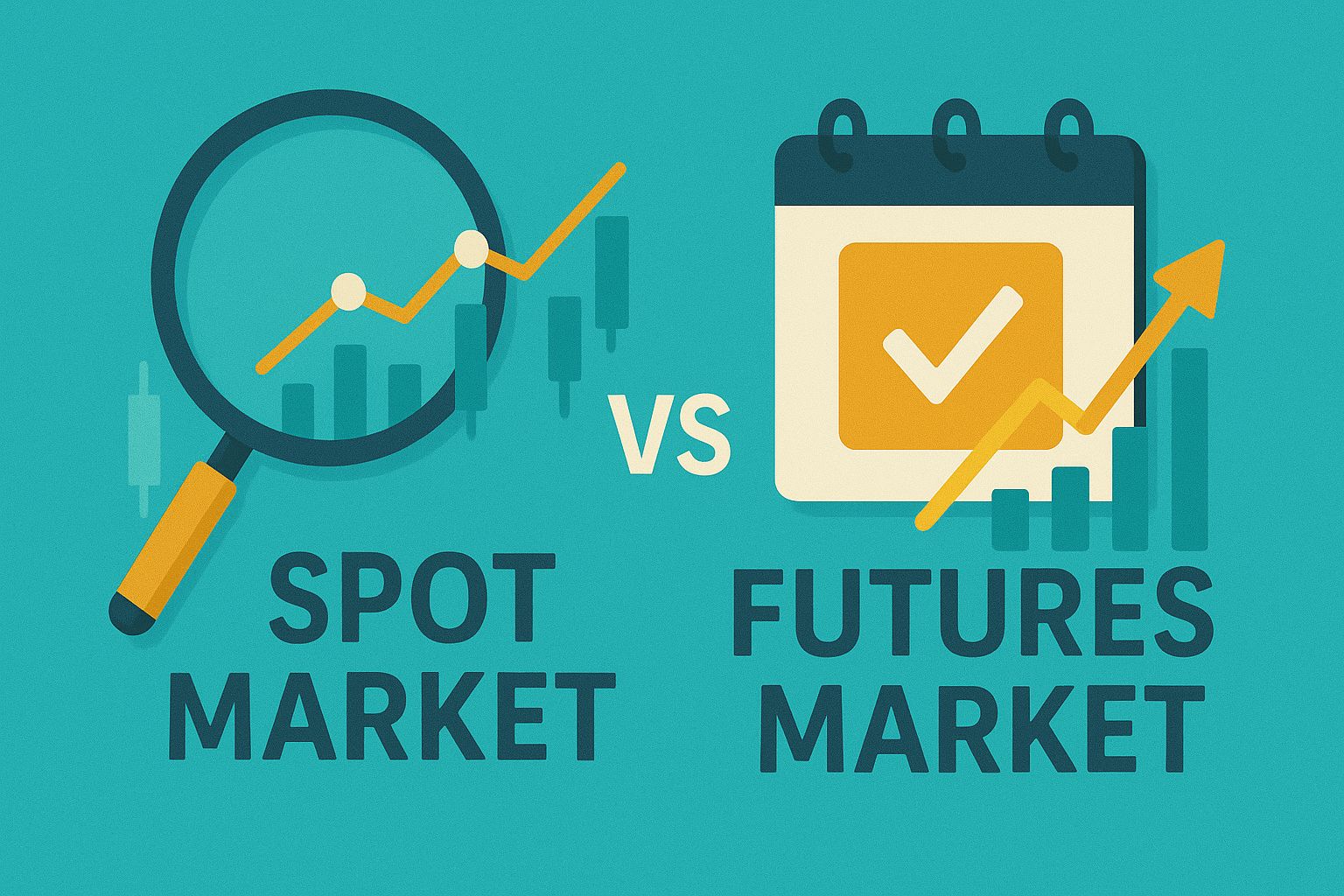
Market Data Snapshot (as of 2025)
Spot forex daily volume: around $7.5 trillion (BIS).
Global futures volume: over 50 billion contracts in 2024 (FIA).
Gold spot price: fluctuating between $2,350 and $2,450 per ounce in Q4 2025.
Brent crude oil futures: trading around $84 per barrel for near-term contracts, reflecting stable supply expectations.
These figures show that both markets remain deeply liquid and globally interconnected, shaping everything from exchange rates to commodity pricing.
FAQs About Spot Market vs Futures Market
Q1. Why do futures prices differ from spot prices?
Because futures prices factor in storage, interest rates, and future expectations, while spot prices reflect current demand and supply.
Q2. Can I trade both markets simultaneously?
Yes. Many traders use spot positions for short-term trading and futures contracts for longer-term hedging or exposure.
Q3. Which market is riskier?
Both carry risk. The spot market is more volatile in the short term, while futures markets involve margin risk and potential losses if prices move against open contracts.
The Big Picture
The spot and futures markets form the backbone of modern trading. The spot market represents the heartbeat of global prices, showing what assets are worth now. The futures market acts as its reflection — revealing where investors think prices will go next.
Understanding both allows traders to navigate volatility, manage expectations, and balance immediacy with foresight. In an interconnected world, mastering the difference between “now” and “later” is key to trading success.
Mini Glossary
Spot Price: The current price for immediate settlement.
Futures Contract: An agreement to buy or sell an asset at a predetermined price and date.
Contango: A situation where futures prices are higher than spot prices.
Backwardation: A situation where futures prices are lower than spot prices.
Margin Call: A broker’s demand for additional funds to maintain open leveraged positions.
Disclaimer: This material is for general information purposes only and is not intended as (and should not be considered to be) financial, investment or other advice on which reliance should be placed. No opinion given in the material constitutes a recommendation by EBC or the author that any particular investment, security, transaction or investment strategy is suitable for any specific person.
